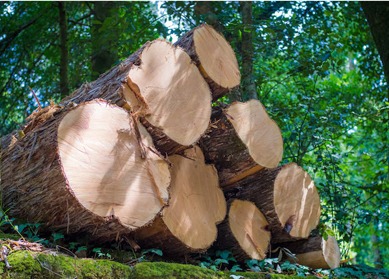
One of the most time-honored questions in all of tree care is, “when is the best time of year for trimming a tree?” Dead branches can be cleared at any

Happy haunting from all of us at T&M Tree Service! As the leaves continue to fall, the trees lend to the spookiness of the season with their long twisting branches

Our trees need care to prepare for colder months. “While your trees seem to be in a state of hibernation in the winter, exposure to the tough conditions can cause